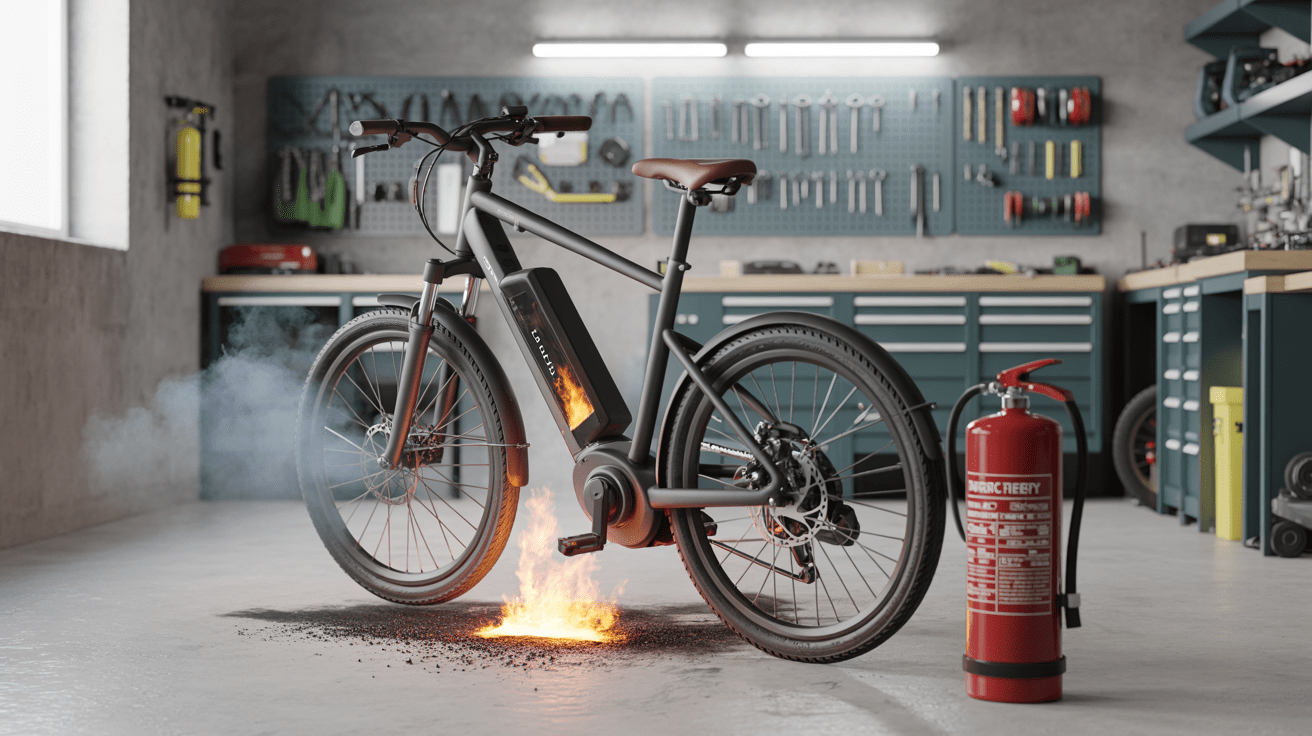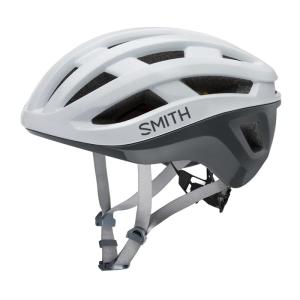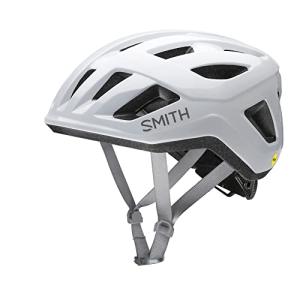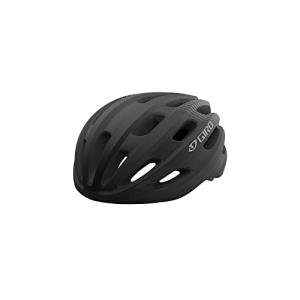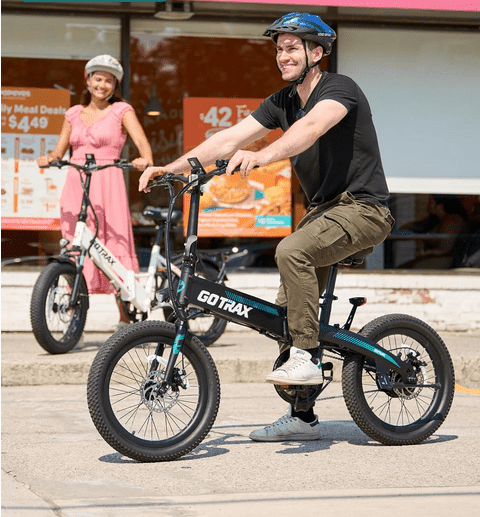How to Prevent E-Bike Fires: Essential Safety Tips & Best Practices
Electric bikes make daily travel faster and easier. Their lithium-ion batteries, however, can pose a real fire risk if not handled properly.
Preventing e-bike fires starts with using certified batteries, charging them safely, and storing them in the right conditions.
Just following a few basic steps can really cut down on the chance of overheating or battery failure.

Fires often happen because of damaged batteries, cheap replacements, or unsafe charging habits. Spotting warning signs—like odd smells, swelling, or too much heat—might stop a small issue from turning dangerous.
It’s worth taking a little time to understand how these batteries work. That knowledge can protect both people and property.
Safe e-bike ownership isn't just about convenience. It’s about being responsible and staying safe.
Key Takeaways
- Safe charging and certified batteries reduce the risk of e-bike fires.
- Regular inspection and proper storage extend battery life and safety.
- Quick action in response to battery issues can prevent serious damage or injury.
Understanding E-Bike Fire Risks
Electric bikes rely on lithium-ion batteries that pack a lot of energy into small cells. If you damage, overcharge, or buy a poorly made battery, it can overheat and catch fire.
Understanding how and why these fires occur helps riders take practical steps to prevent them.
Why E-Bike Fires Happen
E-bike fires usually start when a battery cell fails and releases heat faster than it can escape. This process, known as thermal runaway, can cause nearby cells to overheat and potentially catch fire.
If a battery pack lacks proper safety controls, the risk increases. Bad design, subpar materials, or a lack of temperature sensors can prevent the battery from shutting down when it overheats.
Environmental factors matter, too. High heat, moisture, or physical damage from drops can weaken the battery’s insides.
Once internal separators break down, short circuits form, and that can spark a fire.
Common Causes of Battery Fires
Most electric bike battery fires come from improper charging or using uncertified parts. Using the wrong charger or leaving a battery plugged in overnight can push cells beyond their limits.
Cheap or counterfeit batteries often skip safety testing. They may not have built-in protection circuits that stop charging when full.
Riders who swap out original batteries for aftermarket ones usually face higher failure rates.
Other common triggers include:
| Cause | Example of Risk |
|---|---|
| Physical damage | Dropping the e-bike or puncturing the pack |
| Poor storage | Leaving the battery in direct sunlight or near heat |
| Water exposure | Riding or charging in wet conditions |
Even something as simple as covering a charging battery with a towel can trap heat and start a fire.
The Role of Lithium-Ion Batteries
Lithium-ion batteries power most modern e-bikes because they’re lightweight and efficient. Each cell has a positive and negative electrode, separated by a thin membrane and filled with flammable electrolyte.
If that separator breaks or the electrolyte leaks, heat can build up fast. Lithium-ion cells can ignite when internal temperatures reach approximately 150°C (302°F).
Design and quality control matter a lot here. Certified batteries from trusted brands typically include thermal sensors, vents, and protective casings that help limit damage in the event of a cell failure.
Used or aging batteries are riskier. As cells wear out, they lose balance and get hotter, especially during fast charging or heavy use.
Regular inspection and timely replacement help keep things safe.
Choosing Safe E-Bikes and Batteries

Safe e-bikes start with certified batteries, reliable chargers, and solid quality standards. Using approved parts helps avoid overheating, short circuits, and fires from bad design or cheap materials.
Importance of Certified Batteries
Certified e-bike batteries meet safety standards established by organizations such as Underwriters Laboratories (UL). These tests assess the effectiveness of insulation, short-circuit protection, and temperature control.
Certification also means the battery management system (BMS) can handle charging and discharging safely.
A certified electric bike battery comes with built-in safeguards that prevent overcharging or deep discharging, both of which can damage cells. Riders get more reliable performance and longer battery life.
When shopping, look for labels like UL 2849 or EN 15194. These marks mean the e-bike and its electrical system passed independent tests.
Choosing certified gear helps avoid battery failures that could cause fires or injuries.
Risks of Off-Brand Batteries
Off-brand batteries often skip safety tests and might use cheaper materials or mismatched cells. Without good quality control, these batteries can develop shorts or unstable voltages.
If there’s no reliable BMS, the risk of overheating or thermal runaway goes up.
Some off-brand batteries promise more capacity for less money, but that usually means less safety. Poorly made packs might not balance cells well, leading to uneven wear and faster failure.
| Risk Factor | Possible Outcome |
|---|---|
| No BMS or poor design | Overheating, fire, or explosion |
| Inconsistent cell quality | Reduced lifespan or sudden failure |
| Incompatible chargers | Overvoltage or short circuit |
Going with a trusted manufacturer helps make sure the battery’s parts meet safety and performance basics.
Selecting Quality Chargers
A quality charger matches the voltage and current needs of your e-bike battery. Using the charger that came with your bike ensures it communicates with the BMS and prevents overcharging.
Cheap or mismatched chargers can send uneven power or keep charging after the battery is full. That kind of strain can make cells swell or leak.
Don’t leave batteries charging unattended, and never charge them overnight. Set up charging on a nonflammable surface with good airflow and a decent outlet.
Manufacturers usually list compatible chargers in their manuals or on their sites. Sticking to those recommendations helps keep things safe and extends your battery’s life.
Safe Charging Practices

Good charging habits can reduce the risk of e-bike battery fires and extend battery life. Using the right gear, charging in a safe location, and adhering to time limits all help prevent overheating and electrical issues.
Charging in a Safe Location
Select a charging area that keeps heat and sparks away from flammable materials. E-bike batteries should be charged on a flat, hard surface, such as tile or concrete—not on a bed, couch, or carpet.
Keep the bike or battery at room temperature and out of direct sunlight or freezing air. Avoid garages or sheds with poor airflow, as trapped heat increases the fire risk.
Don’t block exits with your e-bike while it charges. You want to be able to get out fast if something goes wrong.
If possible, charge near a smoke alarm and a fire extinguisher for electrical fires. These small steps make it easier to identify and address problems before they escalate.
Avoiding Overcharging
Overcharging is one of the most common causes of lithium-ion batteries catching fire. When the battery is fully charged, excessive current can cause overheating and chemical breakdown within the cells.
Only use the charger that came with your bike. Aftermarket or “universal” chargers might send the wrong voltage or skip safety shutoffs.
Many modern e-bikes come with built-in protection, but it's still essential to unplug the charger when the light indicates the battery is full. Leaving the battery plugged in for hours wears it out and ups the fire risk.
If you can, charge during the day when you’re awake to keep an eye on it. Charging to 80–90% instead of always topping off at 100% can also help extend battery life.
Never Leaving Charging Unattended
Leaving an e-bike charging with no one around is asking for trouble. If a cell gets damaged, it can heat up rapidly and ignite nearby materials before you know it.
Keep a close eye on the device while charging and check for any unusual signs, such as swelling, odd smells, or unusual noises. If anything feels off, stop charging and move the bike away from flammable things.
Don’t charge overnight or when you’re out. Fires that start while no one’s home can spread before anyone notices.
Just paying attention and acting quickly can be the difference between a small issue and a serious fire.
Proper Battery Maintenance
Keeping your e-bike battery in good shape lowers fire risks and helps it last longer.
Check it often, monitor for problems, and act fast if you spot damage. That’s how you stay safe and protect your investment.
Regular Battery Inspections
Routine checks catch problems before they get out of hand. Riders should inspect the battery case, connectors, and charging port every few weeks.
Look for dirt buildup, loose fittings, or corrosion that might mess with charging. A soft, dry cloth works best for cleaning.
Never use water or chemical sprays, since moisture can sneak into the cells and cause short circuits. It’s helpful to follow a simple checklist:
| Check Item | What to Look For | Action |
|---|---|---|
| Battery case | Cracks, bulges | Stop use and contact dealer |
| Connectors | Rust, looseness | Clean or replace |
| Charging port | Debris, damage | Gently clean with dry cloth |
Small issues can quickly escalate into overheating or electrical faults if not caught early.
Monitoring Battery Health
It’s smart to keep tabs on how your electric bike battery performs over time. Most modern e-bikes come with apps or displays that show charge cycles, voltage, and temperature.
Riders should check these readings regularly to identify any anomalies. A healthy lithium-ion battery should stay within normal temperature and voltage ranges during charging and riding.
If it heats up fast or drains quickly than usual, it’s probably time for a professional to take a look. Try to keep the battery between 20% and 80% charge for daily use.
Don’t let it run down to empty or sit fully charged for days. This balance helps maintain stable cell chemistry and prevents internal components from becoming stressed.
Identifying Signs of Damage
Physical or performance changes can be a real warning sign. A swollen, cracked, or leaking battery isn’t safe to use.
Strange smells, hissing sounds, or smoke mean something’s seriously wrong inside. If you notice any of these issues, unplug the charger immediately and move the bike to a safe, outdoor location.
Contact the manufacturer or a certified tech for help. Never attempt to fix it yourself or tamper with the casing.
Even small dents from dropping the battery can mess up the cells. Treat your e-bike battery with care to avoid short circuits or, in the worst case, fires.
Safe Storage and Handling
How you store and handle lithium-ion batteries significantly affects their safety. Keeping batteries cool, dry, and away from flammable materials helps maintain their optimal condition.
Storing Batteries Away from Heat
Lithium-ion batteries like room temperature best. Storing them in hot or humid places can trigger chemical reactions and raise fire risk.
It’s safest to keep e-bikes and spare batteries in a cool, dry, and well-ventilated spot. Don’t leave batteries near radiators, heaters, or in direct sunlight.
Garages or sheds that get hot in summer aren’t ideal. A stable indoor environment goes a long way toward preventing thermal stress and maintaining battery health.
Do:
- Store batteries between 15°C and 25°C (59°F–77°F).
- Keep them off the floor and away from anything that could catch fire.
- If you have one, use a metal or fire-resistant cabinet.
Don’t:
- Store near gasoline, paint, or cleaning chemicals.
- Keep damaged or swollen batteries inside your home.
If a battery smells odd, leaks, or changes shape, move it to a nonflammable area and handle it as hazardous waste.
Handling Batteries with Care
Gentle handling helps avoid short circuits and damage. Lithium-ion cells don’t like being dropped or crushed—internal failure can follow.
Carry and install batteries carefully. When charging or removing a battery, use the grip points and avoid touching exposed terminals.
Avoid using metal tools near battery contacts. Here are a few more safe handling tips:
- Stick with the manufacturer’s approved charger and cables.
- Check cords for damage before each use.
- Keep batteries dry and clean to avoid corrosion.
- Don’t open or modify the battery casing.
If a battery becomes unusually hot or starts making popping noises, unplug it immediately and relocate it to a safe area. Being careful during use and transport really does help prevent dangerous problems.
What to Do in Case of an E-Bike Fire
If an e-bike battery fire breaks out, swift and calm action is crucial. Move away from the danger, call for help, and don’t touch the burning device or breathe the smoke.
Immediate Response Steps
If an e-bike battery fire starts, the first thing to do is get away from the fire. Lithium-ion batteries can ignite or even explode without much warning.
Get everyone out of the area fast. Don’t try to put out the fire with water—water can react with battery chemicals and make things worse.
If the fire is small and you feel it’s safe, use a Class D or lithium-ion–rated fire extinguisher. If it grows or you see a lot of smoke, evacuate the building.
Close doors behind you to slow the fire down. Try not to breathe in the fumes—they can be toxic.
If the battery shows signs of overheating like swelling, leaking, or hissing, unplug it right away if you can do so safely.
Move it outdoors and away from anything that could catch fire. Never touch a damaged or smoking battery.
Ensure you always have a clear path to exits, so your e-bike or charger doesn’t block your escape in case of an emergency.
When to Contact Emergency Services
Call 911 immediately if you notice flames, smoke, or a strong chemical odor. Firefighters know how to deal with battery fires and bring the right gear for the job.
Don't wait to see if the fire fizzles out. Even the smallest battery fire can flare up again after it seems to be gone.
Give the dispatcher all the details you can—where the fire is, if the e-bike's inside, and whether anyone's hurt.
Once you're outside, keep your distance. If you live in an apartment or share walls, let your neighbors know what's happening.
If this is happening at home, be sure to mention that a lithium-ion battery is on fire. That way, the responders will know to use the right methods to cool things down and safely dispose of the battery.
Please don't go back inside until the officials permit you. It's just not worth the risk.
Fireproof E-Bike Battery Storage Bag - Large Capacity
Keep your e-bike batteries safe and secure with this spacious fireproof storage bag
Product information
$21.99
Product Review Score
4.17 out of 5 stars
149 reviewsProduct links
DISCLAIMER
This document is provided for general information purposes only and should not be relied upon as providing legal advice, technical, or specific operational guidance to the reader, whether as to the practices described in the document or the applicable legal requirements and regulations. Just Electric Bikes expressly disclaims any responsibility for liability arising from or related to the use or misuse of any information in this document.

